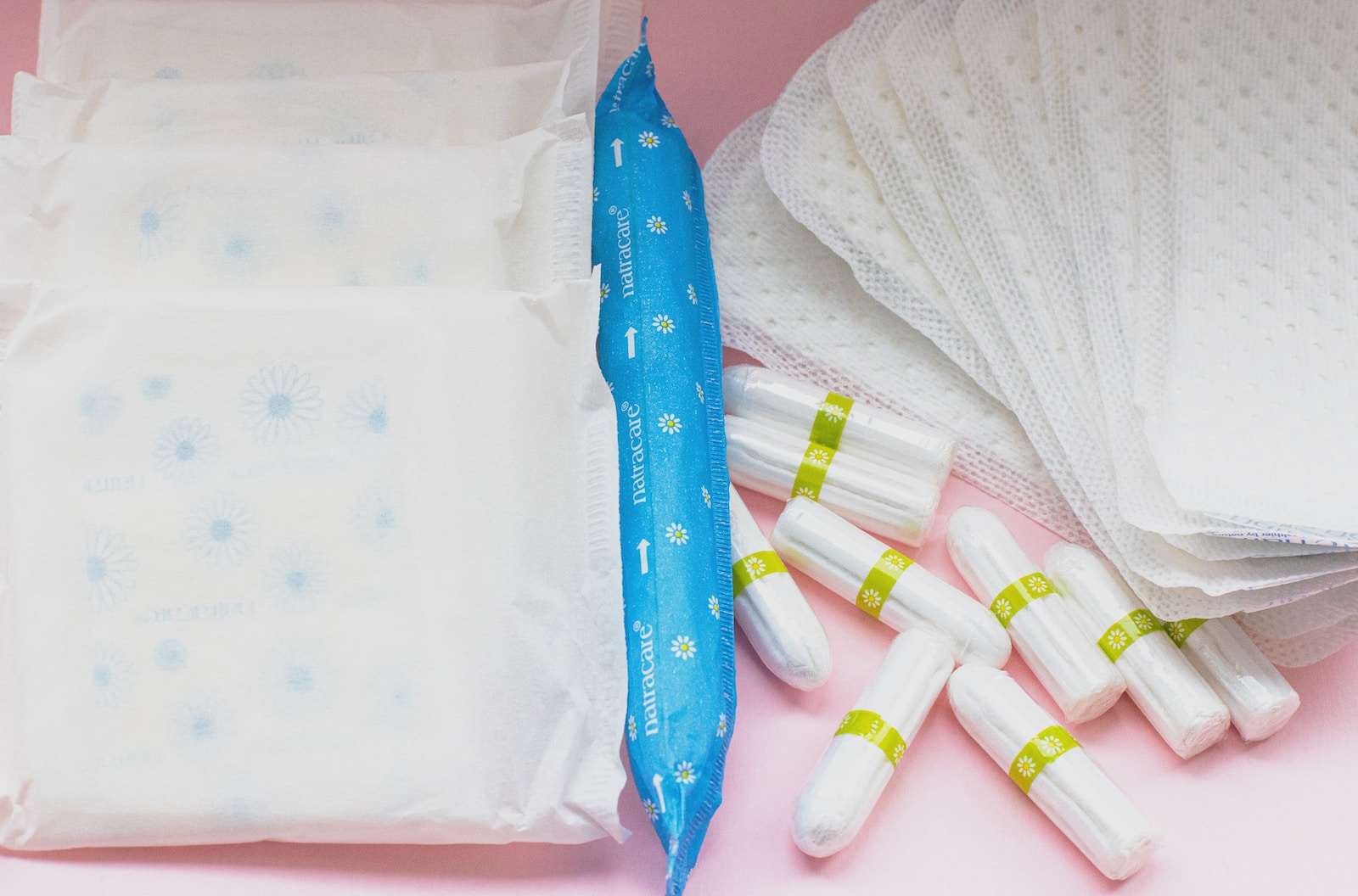Table of Contents
ToggleIntroduction
Forever chemicals, or PFAS, have infiltrated our daily lives, including unexpected places like period and incontinence products. Despite claims by companies that their products are free from such substances, independent lab testing has revealed the presence of PFAS in 44 different items, including period underwear, tampons, and menstrual cups. This article explores the implications of PFAS contamination, offers practical tips for minimizing exposure, and presents alternative options for managing your period safely.
The Prevalence of PFAS
PFAS are notorious for their persistence in the environment, taking years or even centuries to degrade. These substances have been detected in various consumer goods, from food wrappers to cosmetics, and are commonly used to make fabrics waterproof, leakproof, or stain-resistant. Unfortunately, this means that even products like period underwear, which are marketed as PFAS-free, may still harbor these chemicals.
Lab Testing and Surprising Results
Independent lab testing conducted by the University of Notre Dame revealed disheartening results. Out of the 44 products tested, nearly half showed signs of unintentional PFAS contamination during production, packaging, or shipping. Shockingly, eight products contained levels of PFAS that indicated intentional addition during manufacturing.
Period underwear, often hailed as a PFAS-free alternative, showed varied levels of contamination. Even products from brands that claimed to be free of PFAS were found to have unintentional contamination. Medical-grade silicone menstrual cups, on the other hand, showed significantly lower levels of suspected PFAS.
Implications and Unknowns
It is essential to note that individual test results from a single product sample are not sufficient to assess toxicity. Factors such as handling during shipping and potential contamination sources throughout the product’s life cycle can influence the outcomes. Determining the exact sources of contamination is challenging due to the widespread presence of PFAS. Implementing federal regulations to restrict PFAS usage in consumer goods is crucial for tackling this issue effectively.
Reducing Exposure and Safer Alternatives
If you aim to limit PFAS exposure during your period, consider opting for medical-grade silicone menstrual cups or discs. These products have shown lower contamination levels compared to disposable options and reusable leak-containment garments. Additionally, pre-washing reusable products before use can help reduce direct bodily exposure to PFAS by diverting the substances into the environment via wastewater.
While everyone’s circumstances and concerns may vary, being mindful of the products you purchase and striving to avoid those containing PFAS is a prudent approach. It’s important to make informed choices and prioritize your well-being.
Conclusion
The presence of forever chemicals in period and incontinence products poses a significant concern for consumers. Through independent lab testing, the reality of PFAS contamination in seemingly safe alternatives has been unveiled. By understanding the risks associated with PFAS exposure and exploring safer alternatives, individuals can make informed decisions about managing their periods. Stay vigilant, prioritize your health, and seek out products that align with your commitment to a chemical-free lifestyle.







